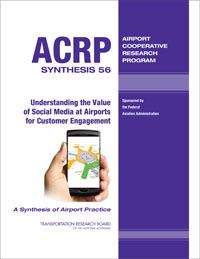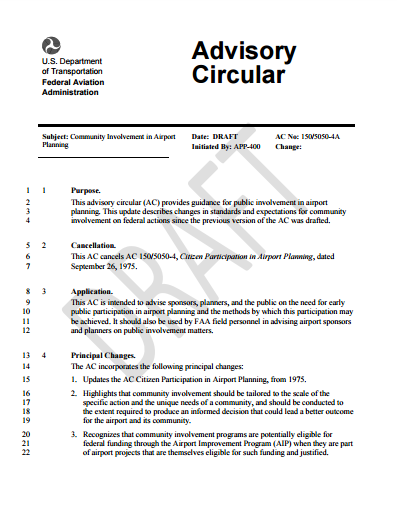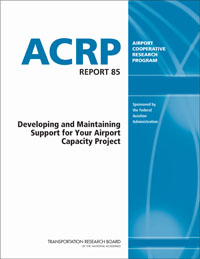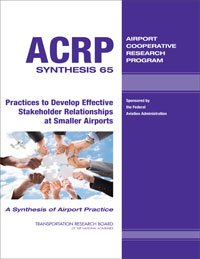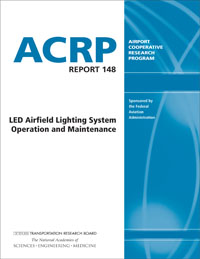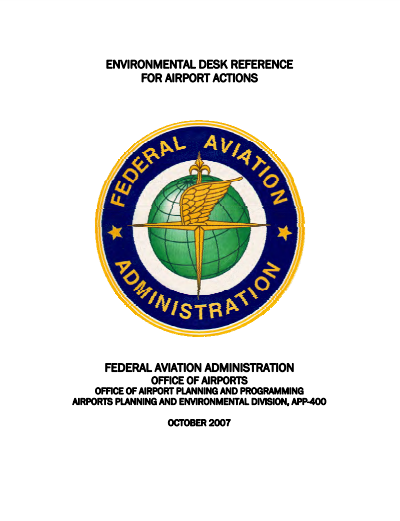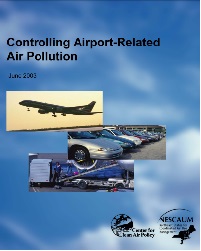Controlling Airport-Related Air Pollution
Abstract
Airport-related activities result in the emission of a host of air pollutants that adversely affect public health and the environment, including nitrogen oxides (NOx), hydrocarbons (HC), particulate (PM), carbon monoxide (CO), and toxics. NOx and HC are precursor emissions of ground-level ozone, which causes lung irritation and aggravates diseases such as asthma, chronic bronchitis, and emphysema. Particulates have adverse cardiopulmonary effects and contribute to regional environmental problems such as haze and acid rain. Toxics such as benzene and formaldehyde are known or probable human carcinogens. Nationally, the number of aircraft operations (defined as one takeoff or one landing) has grown substantially, from around 15 million in 1976 to almost 30 million in 2000, a cumulative growth of about 105 percent. While emissions from most source sectors are declining due to the implementation of more stringent control programs, the growth in air travel and the continued lack of federal control programs for aircraft engines is resulting in increased pollution from airports. States in non-attainment of criteria pollutant National Ambient Air Quality Standards are required by federal law to reduce ambient levels of these pollutants. Given the existence of stringent control programs for other industry sectors, reductions in airport-related air pollution are necessary in order for states to lower emissions to meet air quality and public health goals. Absent control measures to reduce airport-related emissions, further emissions reductions from other sectors will be needed in order for states to attain air quality requirements.
